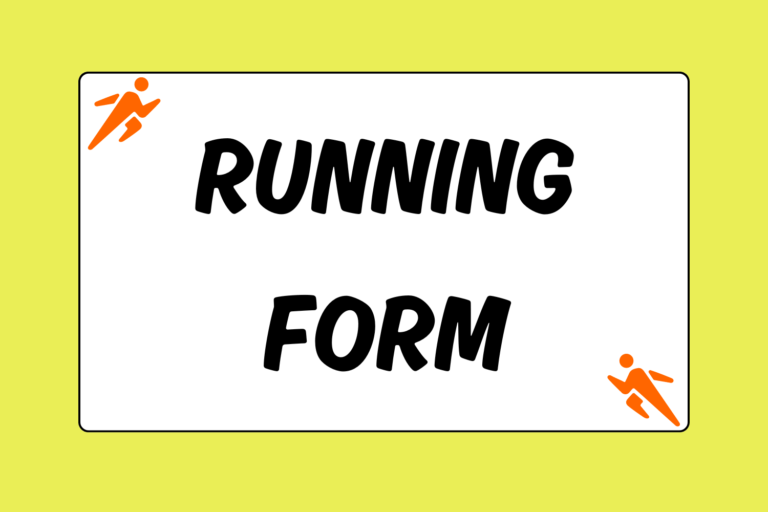Finding the right running shoe can be quite a task. Every runner has different needs and shoe companies have made a product for every possible running style, foot plant, and surface.
And while this variety can be incredibly overwhelming (remember your rise in heart rate the last time you entered a Footlocker?), it is also encouraging to know that your perfect shoe is just waiting to be found. All you need is a little guidance.
The Basics of Pronation
Pronation is basically how your foot moves once planted on the ground to get from the heel to the toes. Most runners can fit into one of three basics types of pronation, which is also connected to the shape of their foot and arch:
- Neutral: Neutral runners have normal arches and move from the heel to the toes evenly across the ball of the foot. You can tell if you are a neutral runner by looking at the wear on the bottom of your current shoes, indicated by uniform deterioration across the forefoot.
- Overpronation: Overprontating runners have flat feet (a collapsed arch), which make the foot roll excessively inward from the heel. You can tell an overpronater by the obvious wear on the inside (medial) part of their current shoes.
- Underpronation/Supination: Underpronating runners have very high arches and keep most of the weight on the outside of their foot—which is not usually good at absorbing shock. You can tell if you supinate by clear deterioration on the outside of the shoe as you move towards to toes.
The Wet Test
If the wear pattern on the bottom of your current shoes is unclear, you can use what is called the West Test to decipher your pronation type.
The Wet Test is simply a way to mark your foot plant, since it can be difficult to figure it out while you are running. To take the test, wet the bottom of the right foot and, while its still wet, step normally onto a paper towel or paper bag. Stand still on the bag for 30 seconds to a minute.
When you get up, you should have a clear outline of the imprint—and therefore basic pronation pattern—left by your foot. Repeat the process on the other foot.
- Neutral: If you are neutral, your foot should look pretty typical and show your heal, midfoot (curved inward), and forefoot with a relatively equal impression throughout.
- Overpronator: If you overpronate, the mark on the paper will just look like a vaguely foot-shaped blob. There will be little to no inward curve around the arch or midfoot.
- Underpronator: If you underpronate, your arch stays pretty rigid at all times, indicated in the Wet Test by a very narrow mark (or no mark at all ) on the paper between your heel and forefoot.
So Now What?
Once you know what type of pronator you are, it becomes much easier to find the right shoe. Shoes are divided into three basic styles—stability, cushioned, and motion control—each designed to help one of the three types of runners listed above.
Neutral Runner
Neutral runners have the most flexibility when it comes to running shoes, since they have normal arches and a solid heel-to-toe foot strike. Your best bet is to look for light stability shoes that offer moderate amounts of cushioning and arch support, but not so much that your form is compromised. Stability shoes are also, handily enough, referred to as neutral shoes.
Moderate pronators should avoid motion control or overly built-up cushioned shoes.
Overpronator
Overpronators need their shoes to compensate for the stability that their own arches do not provide. Motion control shoes do just that, with firmer midsoles and additional features that limit the amount your foot can roll, which helps prevent injuries that might otherwise develop.
These runners should stay away from cushioned shoes that don’t have enough medial (arch) support to help correct the inward plant.
Underpronators (Supinators)
Underpronators need flexible shoes with a lot of cushioning since the narrow outside part of their foot carries much of the weight. Cushioned shoes live up to their name and are built to absorb the shock usually distributed more evenly from the heal to forefoot.
Supinating runners should avoid motion control shoes which are (purposefully) too inflexible to cushion the foot in a way that sufficiently prevents injury.
Head to the Store
Now that you know what type of runner you are and what kind of shoe you need, it’s time to head to the shoe store to find the right pair. Although you can shop online, it is best to choose the shoes in person the first few times to ensure you get a good fit. Knowing the basic style of shoe you need (stability, motion control, or cushioned) is important, but it’s not the only determining factor.
Other things to keep in mind include the weight of the shoe, the width of your foot, the amount of running you plan of doing, and any preexisting foot problems. Working with these variables is, in large part, trial and error. You simply have to try on a few pairs, jog around the store, and see what feels right.
Shoes with Soul
Once you know if you are neutral, overpronating, or underpronating, you choice of shoes will be dramatically, and happily, diminished. Take advantage and explore different styles, brands, and technologies—there are always new shoes on the market and you never know which might just be The One.





